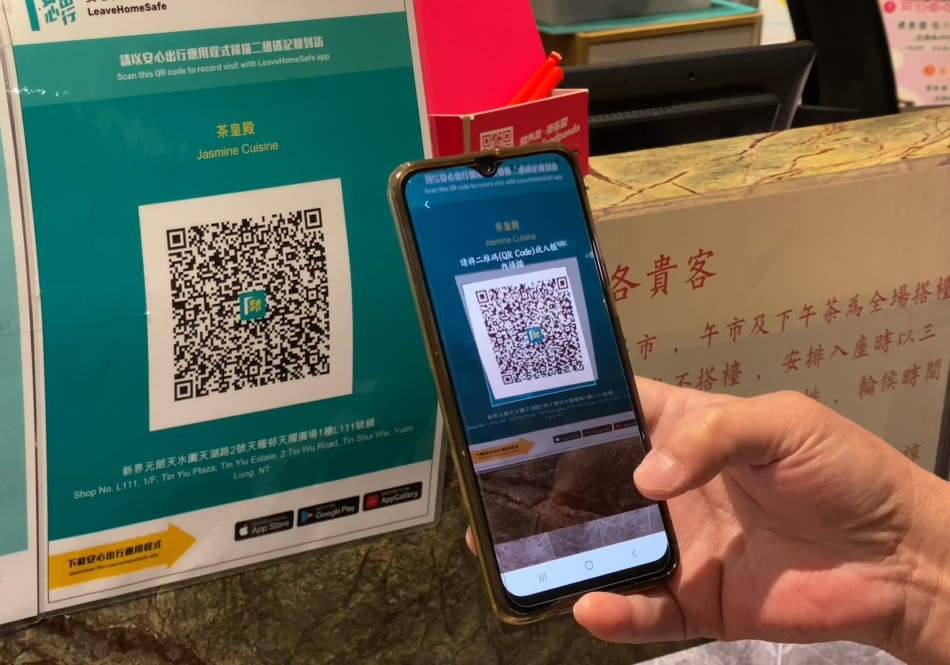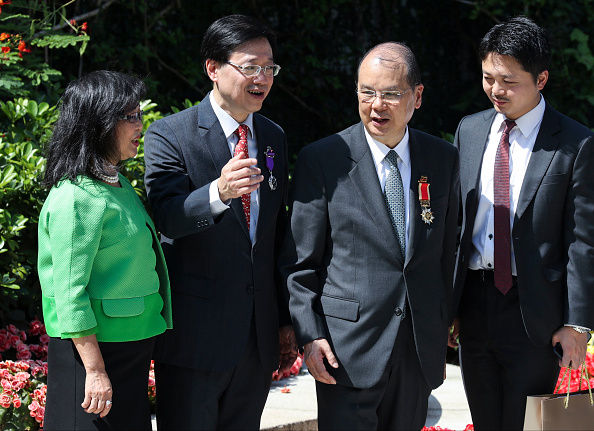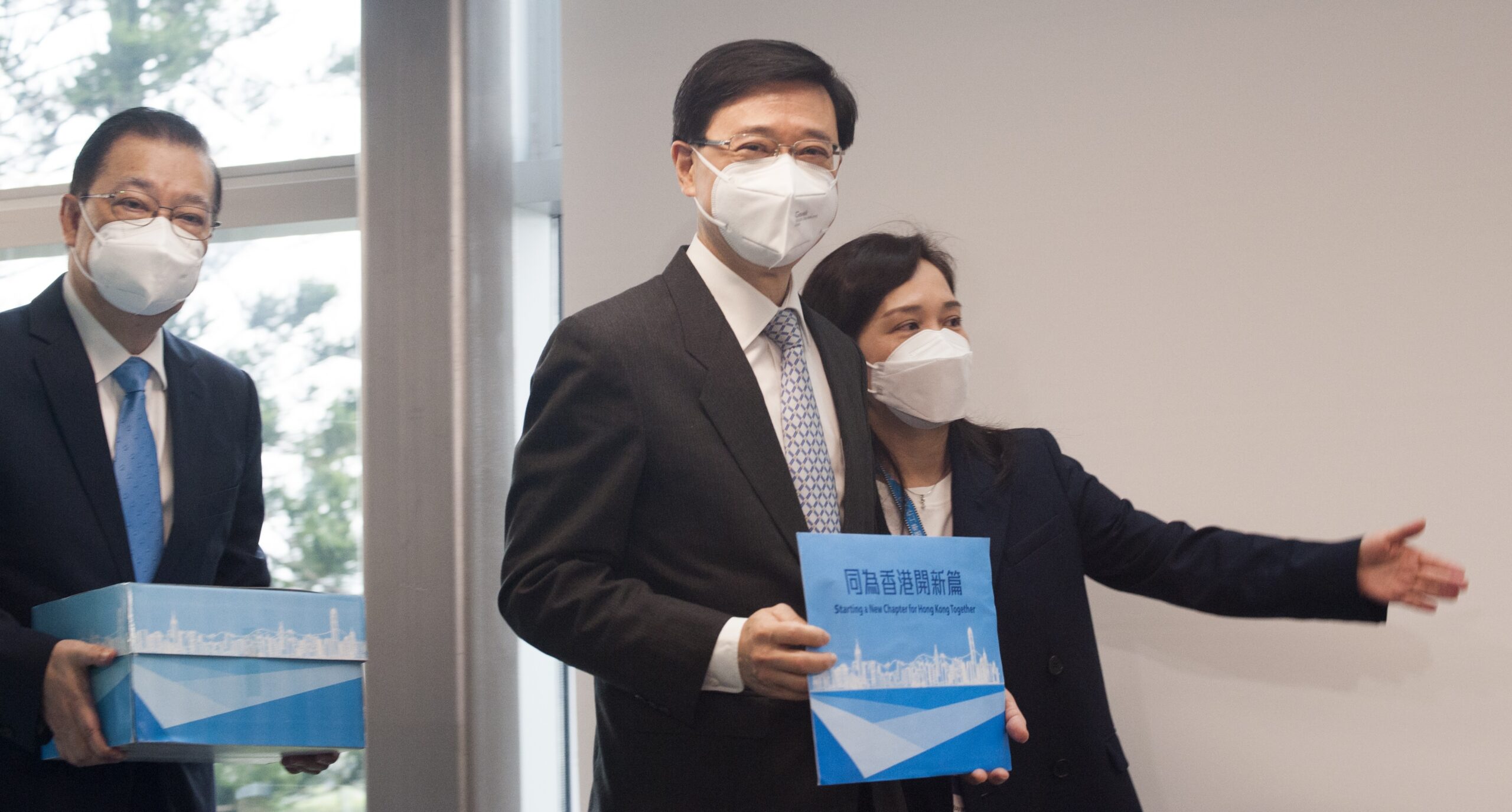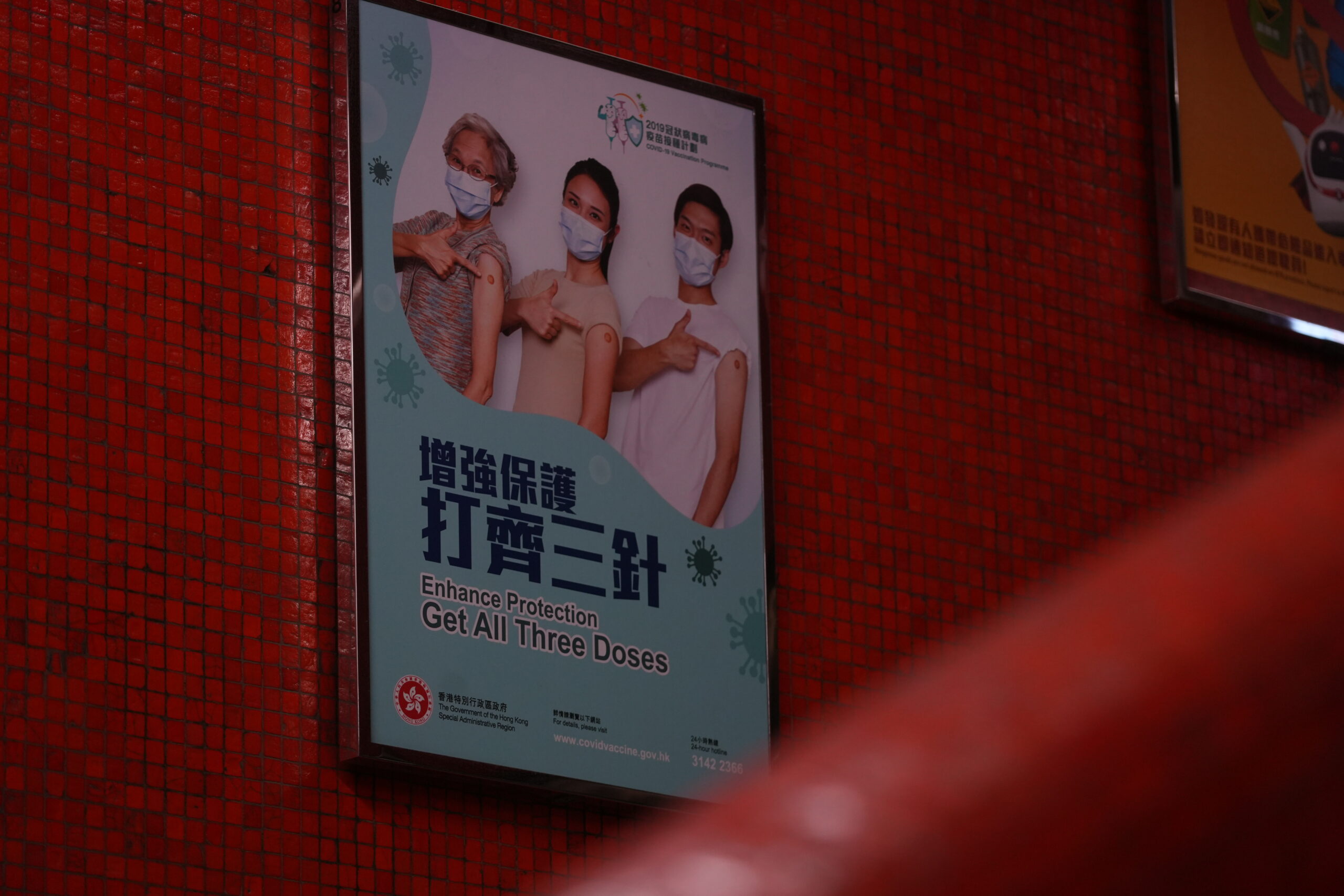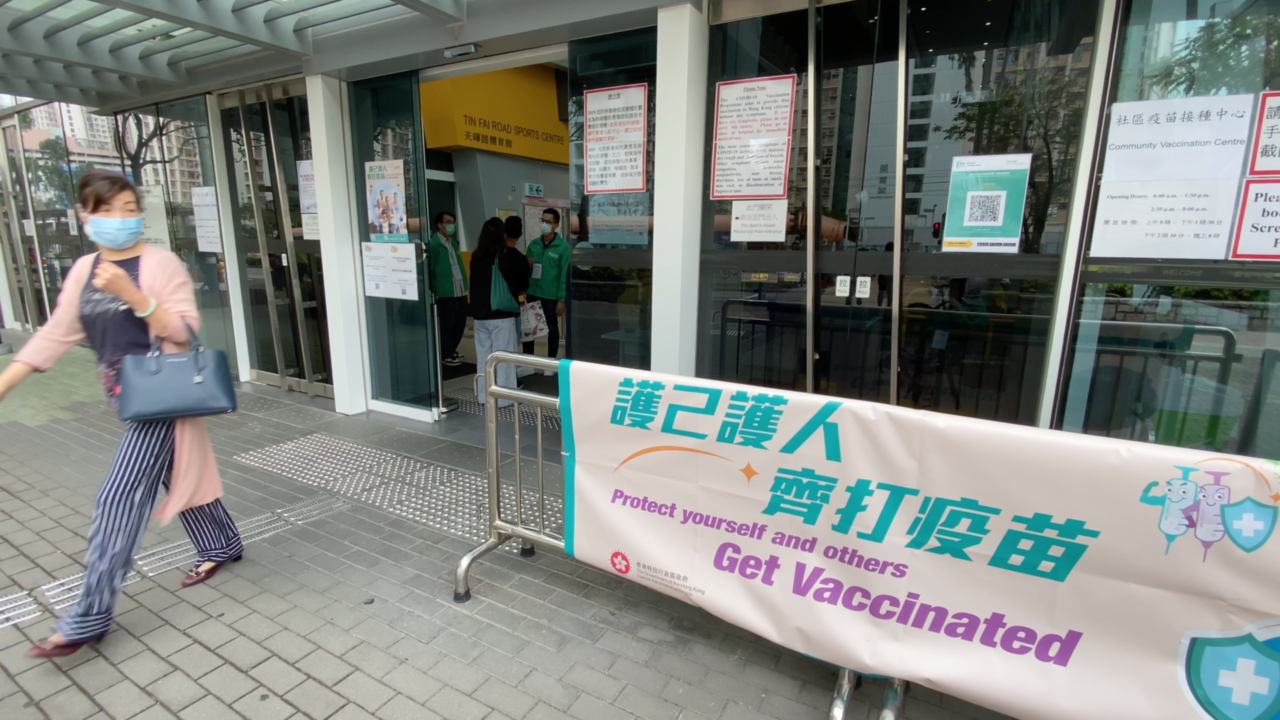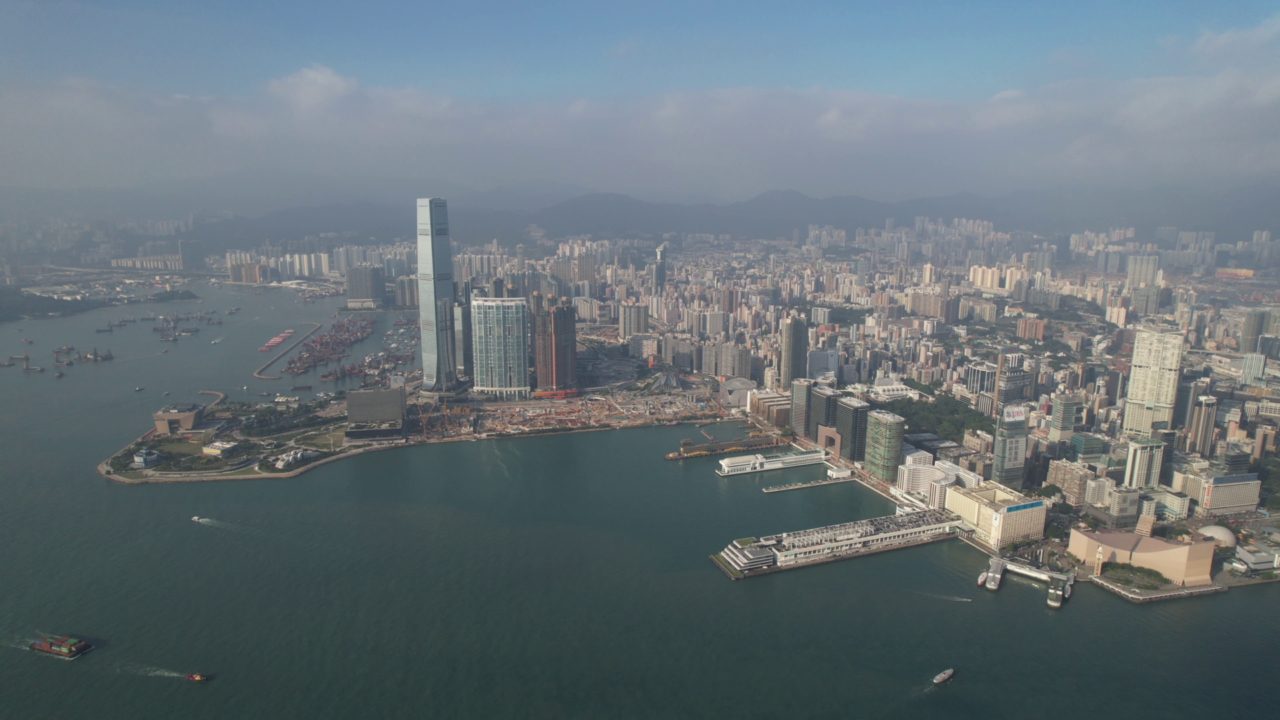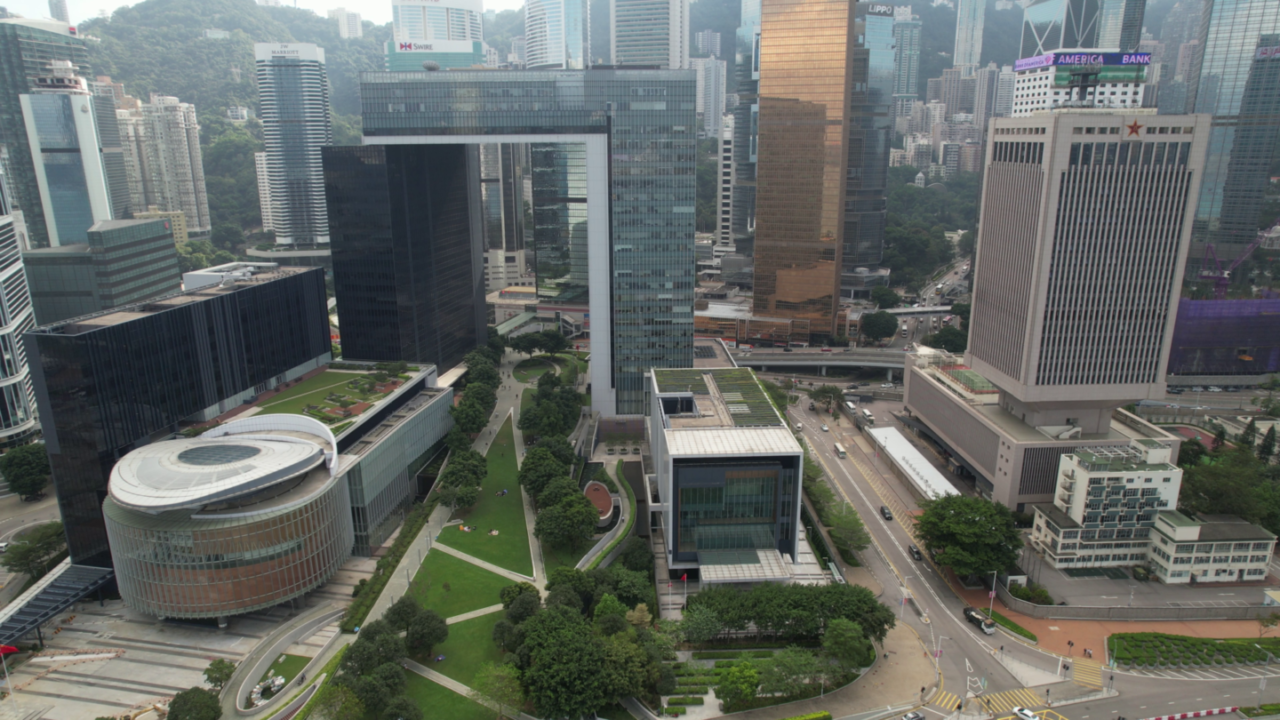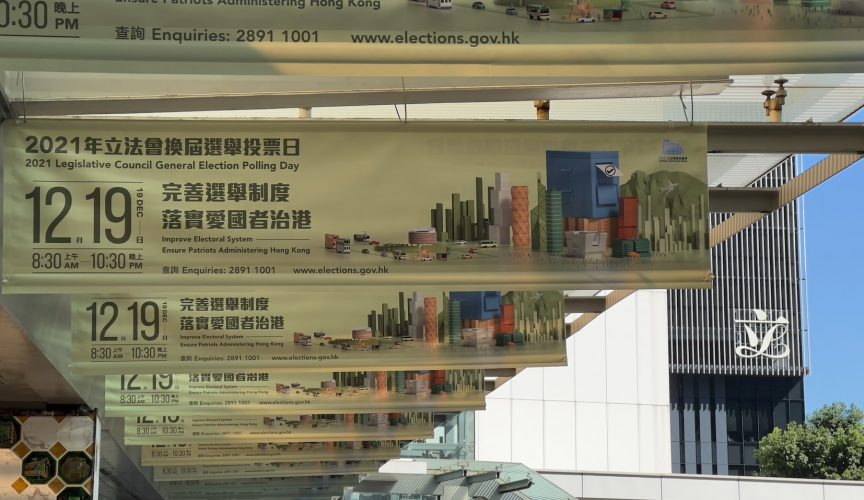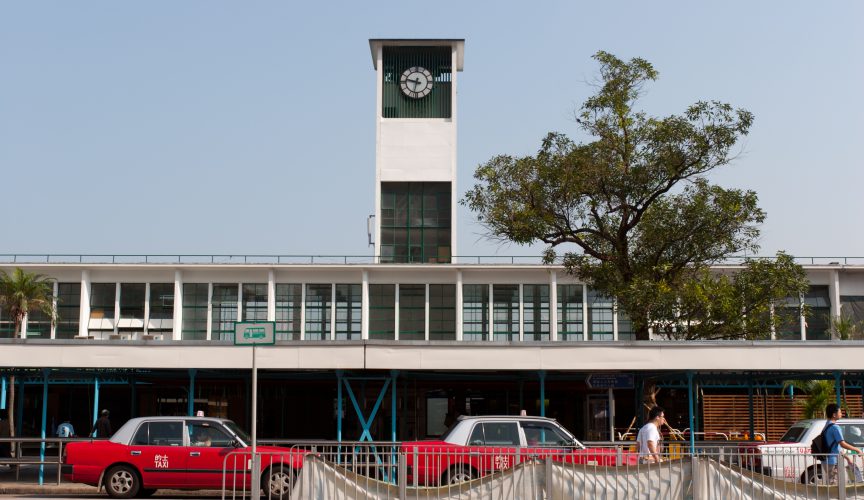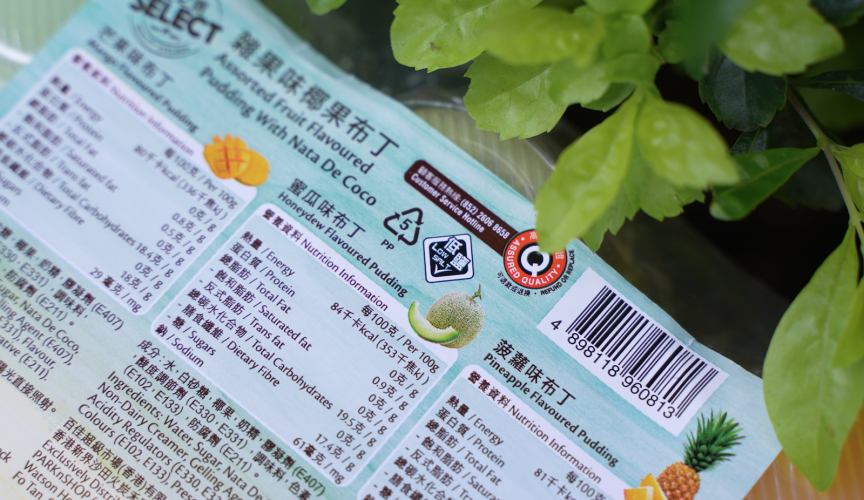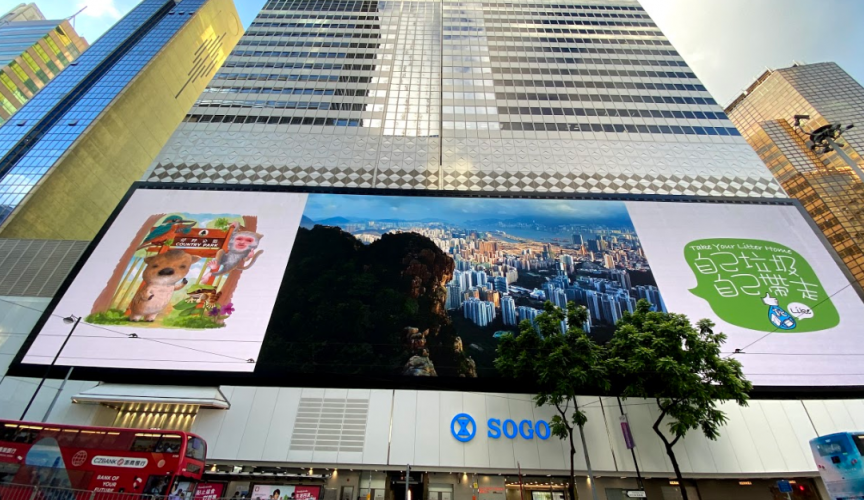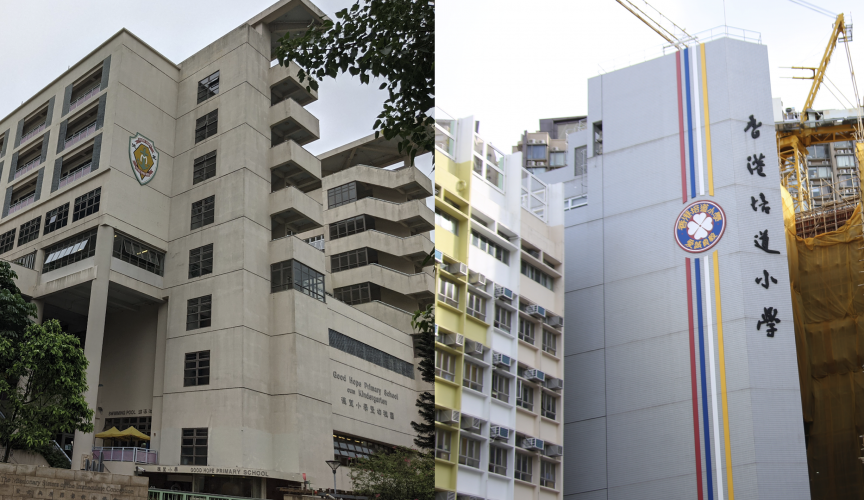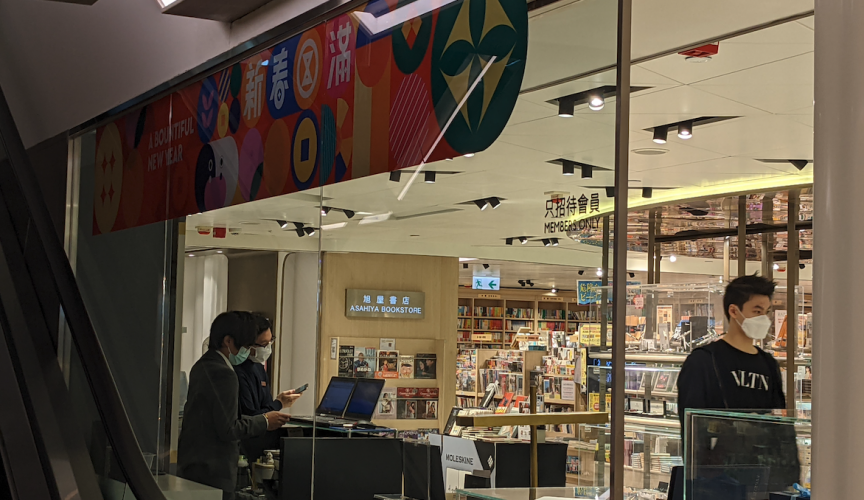Over 89,000 sq ft of government land in a Coastal Protection Area in the prized real estate district of Tai Tam Bay has been allegedly illegally occupied for over 30 years
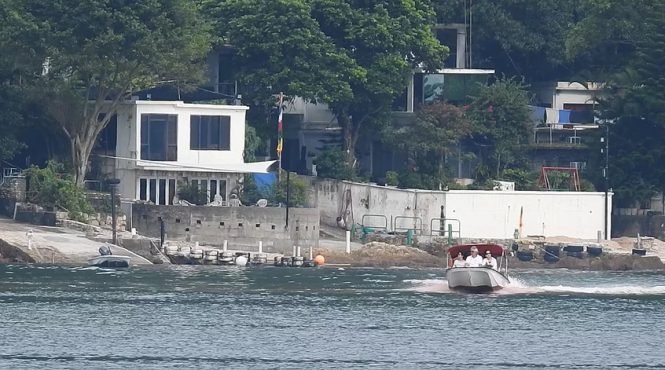
Over 89,000 sq ft of government land in a Coastal Protection Area in the prized real estate district of Tai Tam Bay has been allegedly illegally occupied for over 30 years, a FactWire investigation can reveal.
Known as Tung Ah Pui Village, the area is home to eight villas, allegedly rebuilt from squatter huts. Residents include a former senior government official, the founder of a renowned exploration society, and three wealthy businessmen.
A Lands Department official, who declined to be named, alleged that the Department had long been aware of the occupation of government land in Tung Ah Pui Village, but had not taken action because of the identities of residents. “Everyone in the Lands Department is afraid of doing squatter control work,” he said.
Located directly 700m across from Tai Tam’s Redhill Peninsula, the occupied area is partly sealed off by fence and wall. It consists of eight single and double-storey houses, several large gardens, and eight piers. With no road access to the village, visitors must descend several hundred steps from Shek O Road on Hong Kong Trail Section 7, or travel by motorboat from the nearby Tai Tam Bay Pier at Tai Tam Reservoir Road, as village residents do. Despite the remote location, running water, electricity, television, and Internet access is available in the village villas.
A sea-view house at The Redhill Peninsula with a saleable area of 3,142 sq ft is currently priced at $HK109 million, equivalent to $HK34,000 per sq ft.
FactWire can confirm that one of the occupants of the government land is Mak Sai-yiu (麥世耀), a 73-year-old former Assistant Commissioner for Labour.
Speaking to a FactWire reporter posing as a hiker at his residence in Tung Ah Pui, Mak said he had lived in the village since 1981. Government records show that Mak’s civil service career spanned from 1967 until 1996, meaning he resided in the village while serving in government.
Mak’s 9,700 sq ft residence includes a single-storey house, extensive garden, yacht storage area, and a beach. FactWire witnessed Mak constructing a pier outside his residence using cement and shore rocks, assisted by two men of South Asian descent. Almost daily, one of the men was seen ferrying Mak across the bay on a motorboat to Tai Tam Bay Pier, where a car registered under Mak’s name was parked each time FactWire visited the area. Mak was regularly seen driving the car from Tai Tam Bay Pier.
Mak admitted that the village land belonged to the government and the residents inhabited it “at the government’s pleasure”, subject to eviction if the government assigns a “public purpose” to the land, such as building a carpark or public toilet. Mak said he might not leave if the government left the land unused.
Acknowledging that he is not the original squatter inhabitant, Mak said he purchased his house from the previous resident before 1982 and was the longest current resident of the village. He insisted he had not extended his residence and had only made improvements, such as replacing wooden windows with metal and later aluminum ones, or replacing the wooden material of the house with cement. Mak said residents did not pay tax or rent on their residences.
Asked if he believed he was breaking the law, Mak responded: “I don’t think so. What law am I breaking? If I was [breaking the law], the government would definitely [send people] here.”
He claimed the Lands Department conducted regular visits and residents would have been prosecuted long ago if they were breaking the law.
Government aerial photos reveal that in 1981, a rectangular pigsty stood at the current location of Mak’s home. But in 1982, the pigsty was replaced by a much larger building identically shaped to Mak’s residence today. Nearby structures also saw significant extensions from 1981 to 1988.
Lands Department maps show at least five structures were built at Mak’s residence between July 1993 and November 2013, including two piers, a metal fence, a rock wall, and a barbecue platform jutting out into the sea. Mak refused to say whether he was a registered squatter resident. The Lands Department declined to offer registration details of any squatters at Tung Ah Pui Village.
Mak has bought and sold four urban properties since 1986. He currently owns a flat in North Point, which he purchased for HK$4.45 million in 2009. He listed his Tung Ah Pui residence as his address when he purchased the flat.
Tung Ah Pui Village has also attracted the internationally renowned China Exploration and Research Society (C.E.R.S.), founded in the United States in 1986 by distinguished explorer and photojournalist Wong How-man. Credited with discovering a new source of the Yangtze River, Wong was named one of 25 “Asian Heroes” by Time Magazine in 2002. After relocating to Hong Kong in 1994, C.E.R.S. registered as a tax-exempt charitable organisation in 1996. Mak said Wong moved into the village during the 1990s.
C.E.R.S.’s facilities in Tung Ah Pui Village are featured on its website as its “Tai Tam Research Center… located in a historical village [at] Tai Tam Bay”. In an interview with South China Morning Post’s magazine in 2007, Wong said he “[lives] in a village in Tai Tam Bay where there is no road access”. Encompassing over 20,000 sq ft, the research centre includes three double-storey buildings and one single-storey building, housing a library and a “guest room and dorm facility for invited scholars and scientists”, according to the organisation’s website. Between July 1993 and November 2013, eight structures were built within C.E.R.S. village premises, including a house, seawall, pier, garden, terrace, glass conference room, and a cage house for animals.
Wong currently owns a flat in Causeway Bay’s Phoenix Apartments. He and his daughter bought another flat in Happy Valley in 2007 for HK$3.15 million and sold it for HK$7.1 million last year.
Wong could not be reached by FactWire for a response. A reporter contacted C.E.R.S. by phone. After the reporter stated their identity, the receiver said, “We have nothing to say.” The receiver then ended the call.
Other residents of the village identified by reporters include the businessmen Chan Boon-kiew (曾文進), Peter Suen Chi-keung (孫志強) and Thomas Lo Man-tak (盧文德), all residing in double-storey villas.
A Malaysian-born businessman, Chan Boon-kiew (曾文進) is a major shareholder in a number of Hong Kong companies. Through these companies, he currently owns five properties in Hong Kong Island and Sai Kung. On his Facebook page, Chan has posted dozens of photos of his Tung Ah Pui residence. According to
Lands Department maps, between July 1993 and July 2007, a pier was built at Chan’s residence and then enlarged. The house was also slightly extended in that period. Research shows Peter Suen Chi-keung (孫志強) owned a consultancy firm with a registered address at Tung Ah Oui Village. While Suen’s Facebook profile indicates that he emigrated to Vancouver with his wife years ago, a post dated April 17, 2016 expressed “a minor regret that we cannot stay in Tai Tam” during a short April visit back to Hong Kong. Neither Chan nor Suen could be reached by FactWire for a response.
Also in Tung Ah Pui is Thomas Lo Man-tak (盧文德). When approached by FactWire reporters, Lo immediately directed them to leave the village and reacted violently to being filmed, striking two reporters and threatening to call the police for “entering his home”. When asked whether he was occupying government land, the man shouted repeatedly, “Ask the Lands Department, ask the government!”
The unleased and undeveloped government land in question has been occupied by squatters since the 1960s, according to a map compiled by the Crown Lands and Survey Office, a predecessor of the Lands Department. The map shows four buildings, seven pigsties, and an untouched coastline in Tung Ah Pui Village. Lands Department maps from the next four decades show substantial changes to the area, including the expansion and building of houses in place of pigsties, construction of eight piers, and removal of several large coastal rocks.
In 1976 and 1982, the Housing Department conducted two territory-wide surveys documenting the location, size, and use of all squatter huts. Their occupants were then registered in 1984. The government began demolishing structures built after 1982 and helped squatters move into public housing to end the growth of squatter huts, a policy that continues today. However, only two houses now found in Tung Ah Pui Village – namely Mak and Chan’s residences – have squatter registration numbers. Mak’s registration number has been partially defaced, rendering the registration null. Furthermore, any changes to squatter huts after 1982 must be approved by the Lands Department, and any expansion or change of use of squatter huts is illegal.
Tung Ah Pui Village and the surrounding coastal area was designated as Green Belt by the Town Planning Board in 1988 and as a Coastal Protection Area (CPA) in 2004. For both designations, the government adopts a “general presumption against development”, requiring the Town Planning Board to approve any attempts to modify the land, such as the building of a house or a pier. The Planning Department, which the Town Planning Board is under, said the Board has not received any planning applications for the construction of piers in Tung Ah Pui Village (waiting on response about applications for other structures).
In 2014, the Water Supplies Department was allotted HK$8 million to provide running water to four villages in Tai Tam Bay, including Tung Ah Pui Village, after local district councillor Chan Lee Pui-ying (陳李佩英) raised the issue to the government. Construction was completed early this year.
FactWire has submitted enquiries to various relevant government departments concerning the alleged occupation of government land in Tung Ah Pui Village.
The Lands Department, responsible for enforcing squatter regulations and land legislation, said that the current squatter policy only regulated the use, material, and size of registered squatter huts, not the identity of occupants. According to Lands Department records, all the structures in question at Tung Ah Pui Village are registered as squatter huts, mostly for residential use. The Squatter Control Office will conduct further investigations on certain registered squatter huts suspected of unsanctioned expansions.
The Lands Department also added that three of the eight piers FactWire discovered at the village are located on government land and are currently used by the public. Whether the jetties are public facilities awaits further investigation.
The Planning Department and Town Planning Board said they had not received any applications for piers at the site. The Water Supplies Department stated that its project to provide running water to Tung Ah Pui Village and three other villages was aimed at expanding the water supplies network, not to provide running water to residents. It also said the project was conducted on government land.


